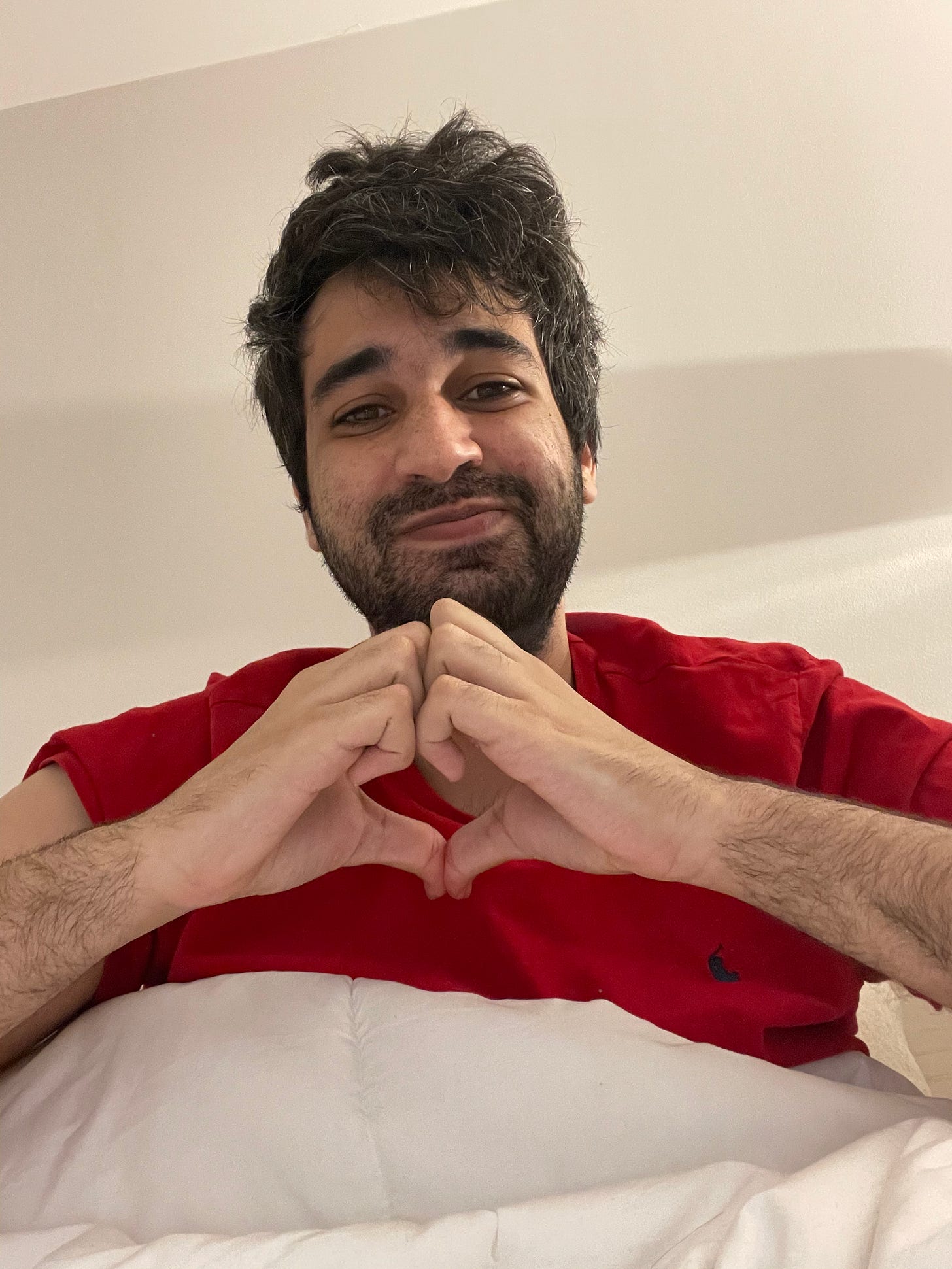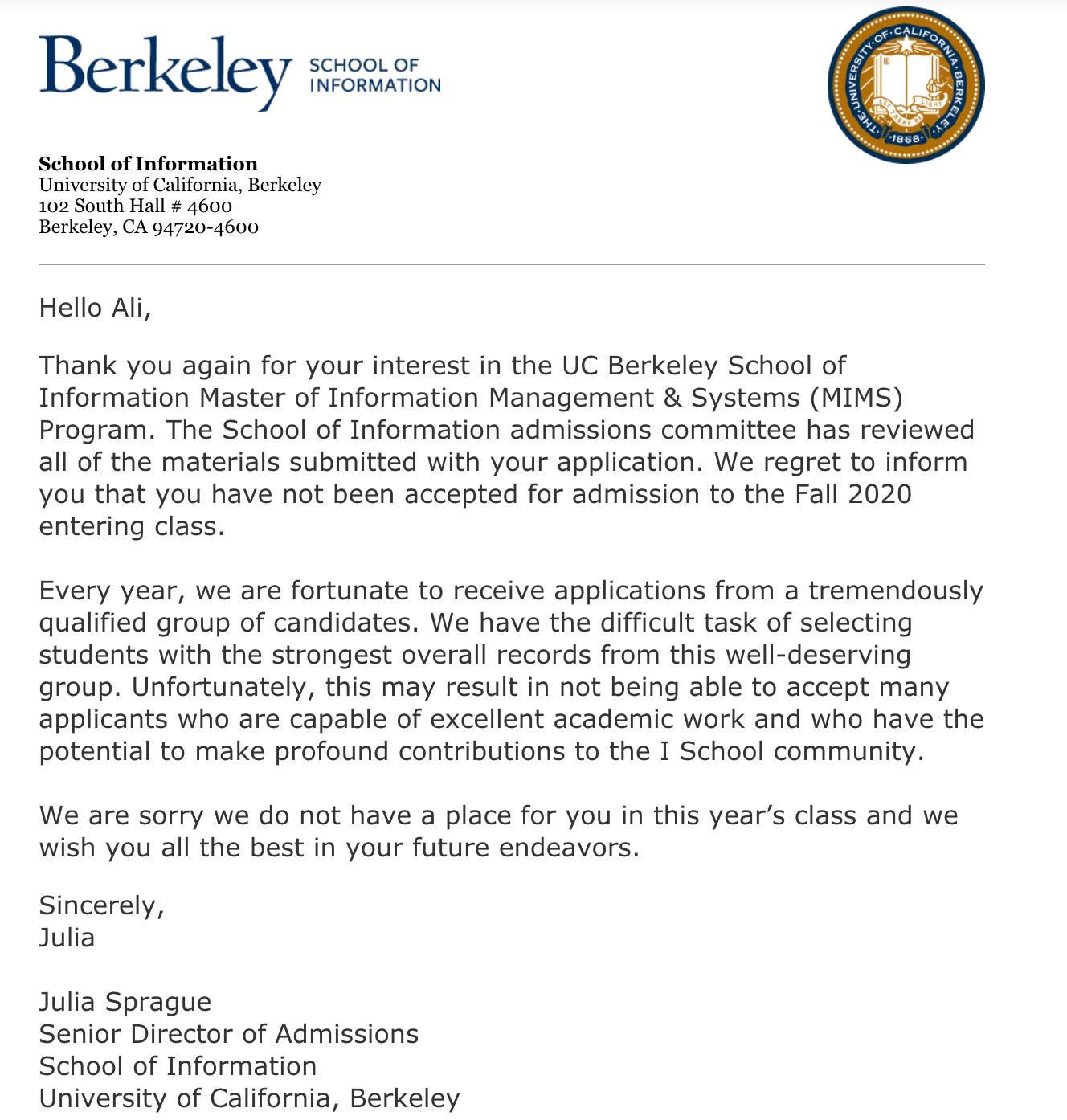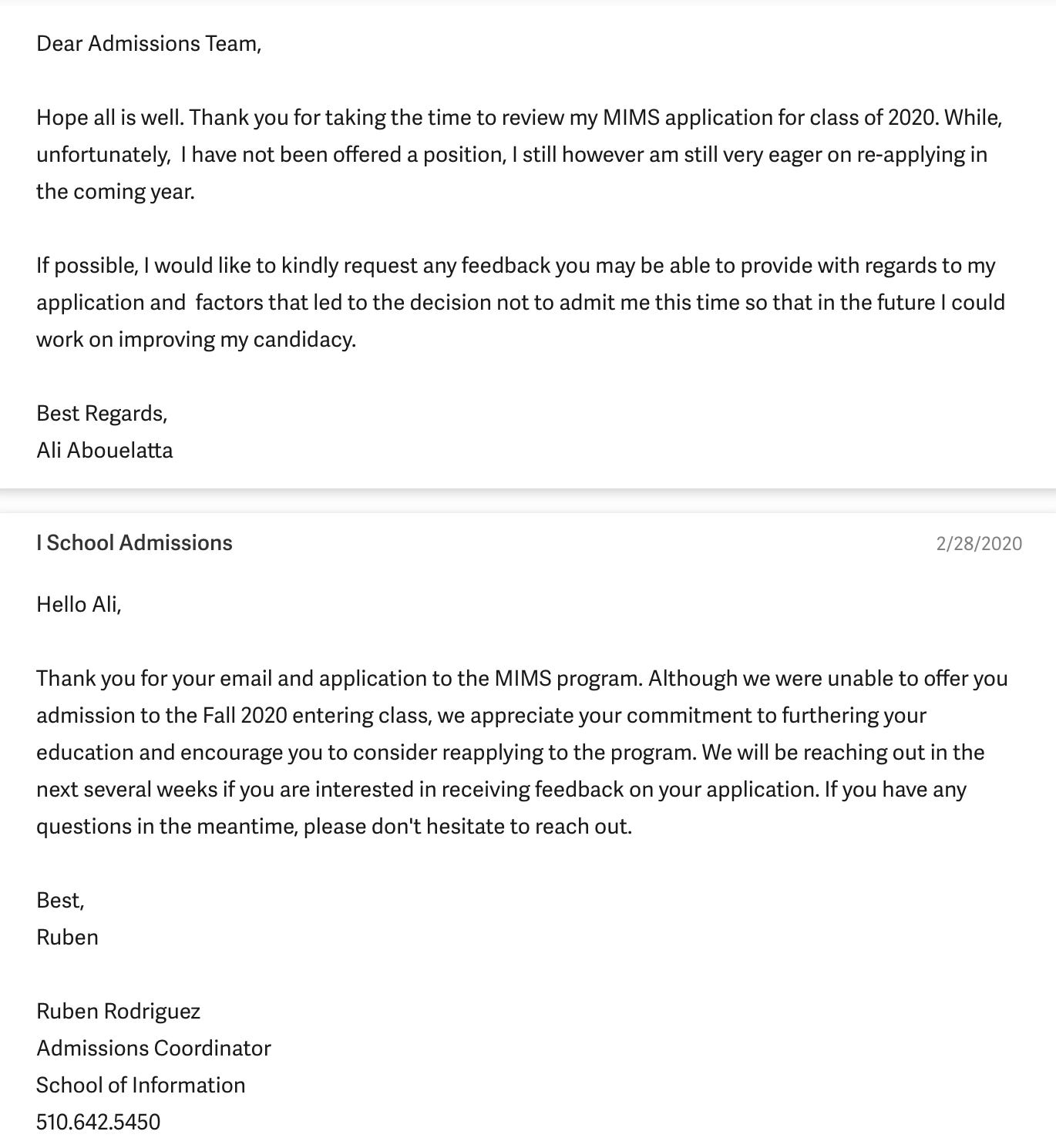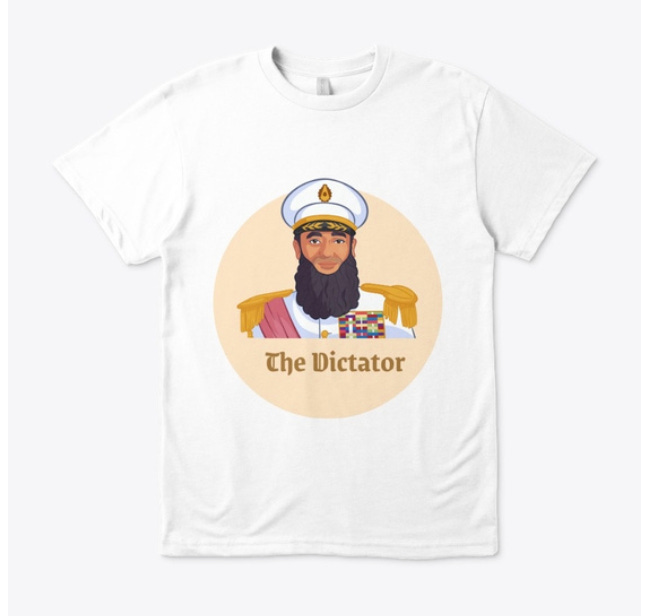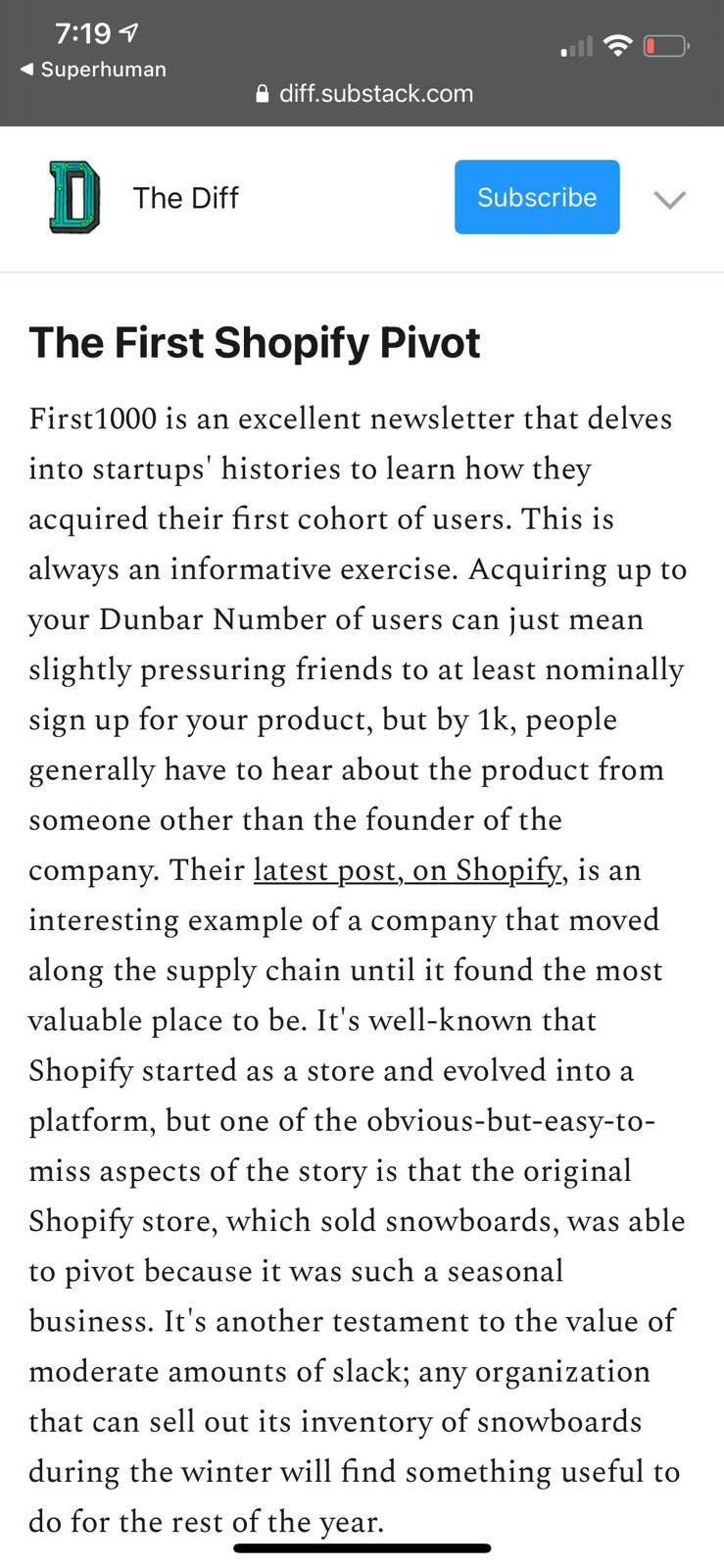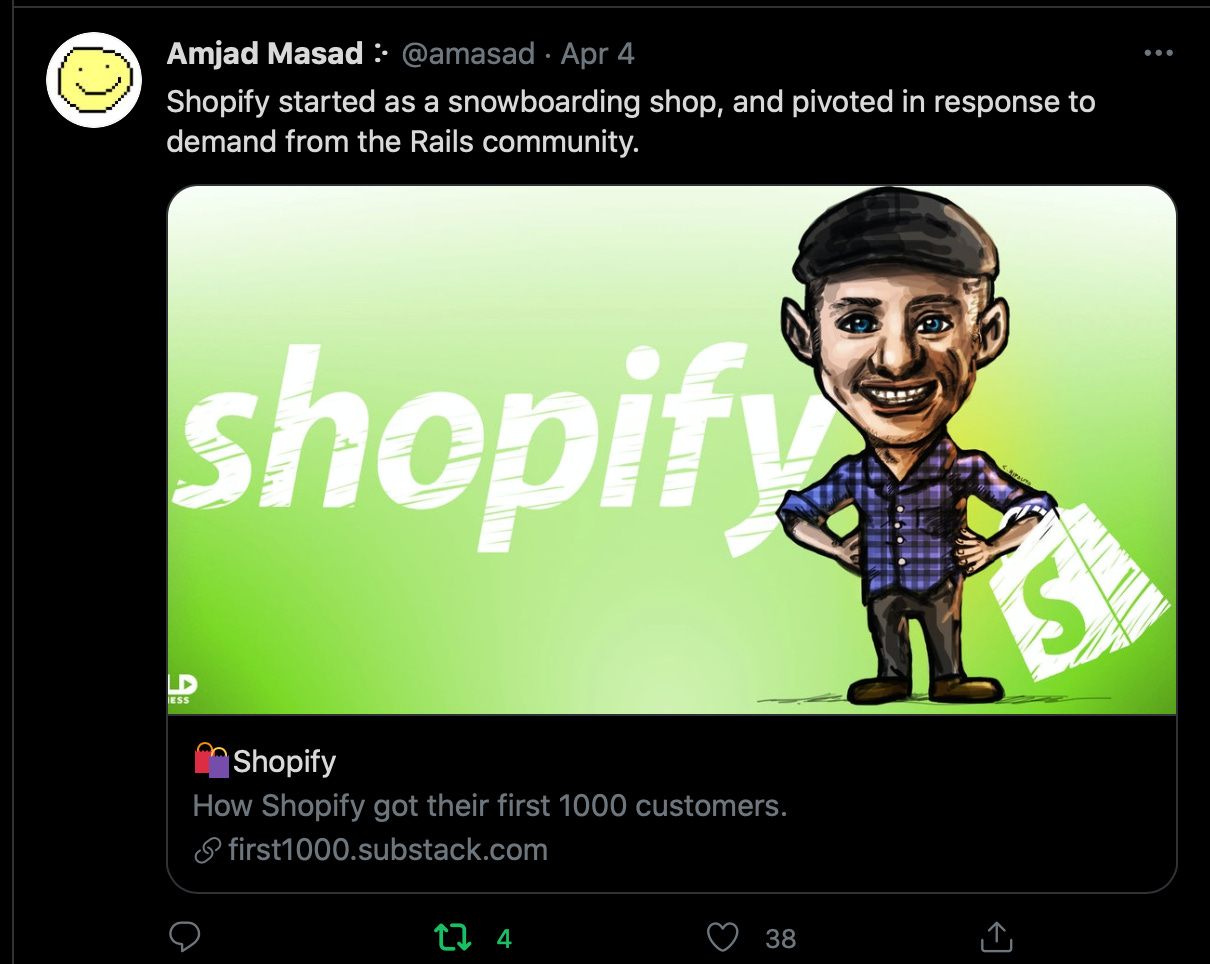Prt2: Growing First 1000 (this newsletter) to 10k Subscribers
In part 2 we talk about how I got First 1000 from 2k to 10k. We talk about every strategy I tried, what worked and what didn't .
Since Part 1 about growing First 1000 from 0->2k, 877 new people signed up (this issue was released last Wednesday 🤯). We are now 11,000+ members strong. Thank you thank you thank you <3.
👨🏫 Some Recap + more context
I started First 1000 on May 21st 2020, I remember it as if it was yesterday. What I did not mention in part 1 was why I actually started First 1000. I signed up to Substack on July 16 2019 after reading Andrew Chen’s memo on why he lead their Series A round. This was literally the day the memo was released, and one of the first bets Andrew made at A16z (someone I truly admire).
The original premise for my substack was called “Startup Novice” were I would interview people making the transition from Big co to startups. I didn’t have the network and honestly wasn’t that excited about the concept so it took me almost a year before I wrote my first substack post and pivot to First 1000.
The Pivot
At the time, I was living in Egypt and was applying to grad school because it was one of the very few avenues for me to immigrate to the 🇺🇸. In mid April 2020, just a month or so before I started First 1000, I (finally) got the feedback call from the admissions office of UC Berkeley telling me why I didn’t make the cut. The main reason they cited was my GRE writing score. I had scored in the bottom 23 percentile. (GRE is this stupid exam grad schools make you take…similar to the SATs or GMAT)
So over the next few weeks, I started brainstorming topics I could start a newsletter around as a way to improve my writing. One day I was hanging out in the This Week in Startups slack community, and every 3rd question in the #Growth channel was about how to get early customers or how to reach marketplace liquidity or how to solve the chicken and egg dilemma for two-sided marketplaces…etc. At this point, between podcasts and youtube interviews I had at least watched 200+ hours of founder interviews. I started replying to some of the questions with links to these interviews. All of a sudden…. clicked….this is what I should write about. I switched my substack from “Startup Novice” to “First 1000” and wrote the first issue 3 days later.
From 2k->10k
Time: 105 daysWhat Worked:
✅ Product Hunt Launch(4k-4.5k)
✅ Referrals (1877)
✅ Mentions from The Diff and Replit founder (450-500)
✅ Cross Promotions (350-380)
✅ SEO (278)
✅ Clubhouse (170)
What didnt Work:
⛔️ Reaching out to 1700+ Accelerators (22)
⛔️ Trump Tweet Archive (0)
⛔️ All Merch Store (1)
⛔️ News Hada (19) - Blocked
⛔️ Hacker News 27 posts - (6)
⛔️ Growth Hackers (8)
⛔️ Clubhouse invites (50-60)
😰 What didn’t work ?
So what got me from 1k-2k was primarily these “distribution products.” I built two products “MENA investor database” and “wiki of resources for PMs.“ This made up over 36% of people I acquired from 1k-2k. So naturally, I leaned into what worked and created two new products that I was certain would go viral (spoiler alert they flopped).
First product: Trump Tweet Archive (0 new subs)
When Trump got banned from Twitter, I put together an archive of his feed (<24 hours after the ban), so people can access his old tweets. I launched it on Product Hunt and thought this would go crazy. I even had all these scenarios running through my head of being picked up by CNN or NYT in the following hours (I even prepared my comments). But it didn’t work. It was horribly designed and I didn’t put in the hours to promote it. As I came to learn…things just don’t go viral…unfortunately.
First product: All in Merch Store (1 new sub)
The second product I rolled out, under the hope of going viral was a Merch Store for the All in podcast. All in podcast is my favorite podcast and it is hosted by Jason Calacanis, Chamath Palihapitiya, David Sacks and David Friedberg. At the time, they came up with the idea to outsource a lot of aspects of the podcast to the fans. Fans can create Merch, Intro Songs…etc They, being influencers in the tech space, would just promote these products and help their fans make some money from their podcast brand. I guess when 4 mega-millionaires/billionaires host a podcast together they don’t really care about making a few hundred thousand dollars.
So I hired a designer, created a really funny t-shirt and tweeted at them (bonus points if you understand the reference)
Jason picked up on what I did, I got 15K+ people visiting my merch store…and made 🥁🥁…..$9 😂. I got 1 lead to convert into my newsletter.
It was fun though…
😻 What worked ?
There are 3 things that actually worked really really well. I'll try to break them down as much as I can.
1- Product Hunt launch (second try) (4-4.5K subs)
So similar to what I did to go from 1k-2k, I leaned back on my previous issues to see what other things I could try to grow. I wrote this issue about Superpowered and their playbook to get a successful product hunt launch. So I followed their playbook to a T after my first attempt was an epic failure (see part 1)
I created a list of everyone I ever talked and know would be comfortable promoting the launch…reached out to them in advance and started creating a “shoutout” backlog. This also included communities i was part of and actively contributed to and every business card I have ever gotten from conferences..etc(200+). No one was off-limits…I needed this to work. I approached my launch as a traditional sales process, set up a CRM and it took me about 10 days to get 52 people onboard ready to tweet about my launch
I dropped $100 on twitter ads during the first 3 hours of launch. This was a risky move, considering Product Hunt penalizes votes from people who are not active on the platform. But I knew during the first few hours, every vote has tremendous power. If I can claim the number 1 spot very early on (took me 8 minutes), I get more organic traffic, that translates to more upvotes and it becomes a self-fulfilling prophecy to have a successful launch. So instead of targeting people similar to my newsletter readers, I targeted people who are most engaged with the product hunt twitter account. This worked really really really well for me. $100 got me 1600+ clicks on my newsletter launch….in the most critical time of the launch (first 3 hours)
Last thing was of course, your support <3. Mario who writes the generalist (which is way better than this newsletter btw), created this thread about how he launched on Product Hunt. One of the key lessons was consistency > spikes. He segmented his mailing list and started messaging people in batches (most engaged first). I did the same and over 7 hours had messaged everyone who subscribed to first 1000 (about 4000 at the time). You guys were so generous…thank you <3.
 We did it!! The Generalist just surpassed 20K members. When I first shared I was going full-time, I forecasted it would take 12 months to reach that benchmark. Absurdly grateful for everyone that's joined, supported, shared + made this possible. /a few lessons
We did it!! The Generalist just surpassed 20K members. When I first shared I was going full-time, I forecasted it would take 12 months to reach that benchmark. Absurdly grateful for everyone that's joined, supported, shared + made this possible. /a few lessons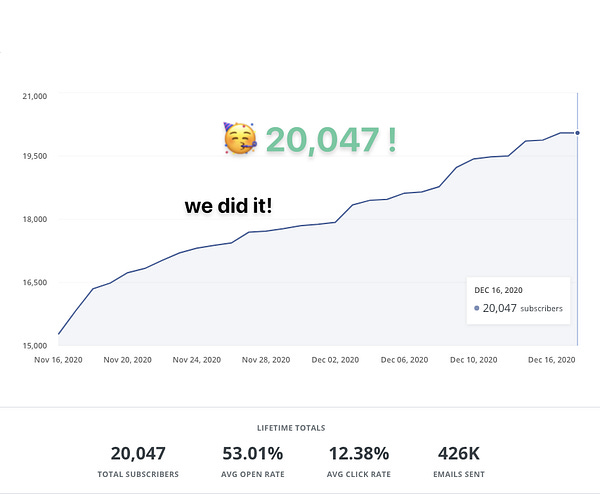
2- Referral Program (1877 subs)So referral programs are everywhere….that I was extremely skeptical if they still work. When I first created the First 1000 referral program, it was like any other newsletter. A simple milestone program. But while it worked…it wasn’t great.
There were two main problemsPeople get stuck on milestones. As you refer more people, it becomes more difficult to hit the next milestone and people just give up (it’s easy to got from 3->5, but extremely hard to go from 10->50 for instance)
Promotion blindness. After people see the same content 1, 2 , 3 or 4 times they subconsciously start to block it. Their mind just skips over it because they have seen it so much
So I redesigned the First 1000 referral program to address these two main issue. Here is what I did
The first thing, was really simple, yet very counterintuitive. I started promoting the referral program LESS and I actually got way more people signing up. I would promote it once every 2-4 issues and it would ALWAYS be in a different section and format (sometimes as a PS note, sometimes as a whole section in the beginning, sometime it would be in the middle..etc). This increased click rate by 400%+
The second thing I did was change the referral program so that rewards are reset every month. Every month, I would introduce new rewards and people would start from 0 again. This did two things
People didn’t get “stuck” because if they just refer 1 person, they would get a reward (no matter what their total referrals were). Rewards became much more achievable
It created a sense of urgency, since rewards change every month, (and if I did a good job in creating rewards that are USEFUL to my readers) they are much more likely to refer others if they knew they only had a few days to get that reward as opposed to eternity.
With that being said, you can check out the April rewards below 😉(it’s also a new design so let me know if you face any bugs)
3- Mentions from Notable people
(450-500 subs)So this last part is something I had no sway over. The first thing, was a mention from Byrne Hobart, author of one of the largest Substacks on Tech (The Diff which covers inflection points in finance and technology). He is also a Coindesk columnist.
The second mention was from the CEO of replit.com.
those two mentions (which came together in the span of a week) got me over 400 new subscribers.
Sprinkle in some more cross-promotion, sharing a Clubhouse stage with Paul (one of the cofounders of the app) and doing some light SEO work and I finally crossed the 10,000 subscriber mark 🕺🏻.
What should I try out to get from here to hit 100k subscribers? Hit reply and let me know…the crazier the idea the better 😉. Some personal news

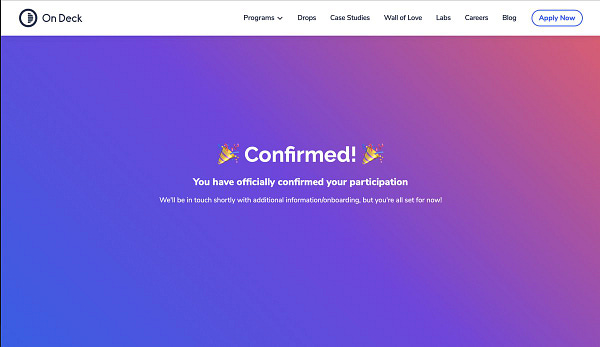
That’s it for today, see you on Wednesday 😉,
Ali Abouelatta

